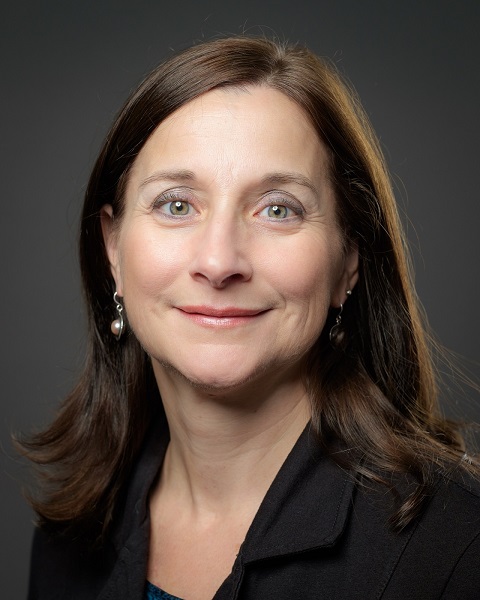More than 1,600 lives lost to illicit drugs in first nine months of 2022
TOXIC drugs claimed the lives of at least 171 British Columbians in September, putting the province on track to surpass 2,000 such deaths for a second consecutive year, according to data released by the BC Coroners Service.
“British Columbians are continuing to suffer the tragic effects of a toxic and volatile drug supply, with almost six members of our communities dying each day,” said Lisa Lapointe, Chief Coroner. “Both those who use drugs occasionally and those who are substance-dependent are at risk of sudden death from the unpredictable illicit market. Individuals who have been abstinent for a period of time or those who normally use stimulants are at increased risk. Their opioid tolerance is low and the prevalence of fentanyl in the illicit supply is high.”
The 171 deaths in September is roughly the same as the total reported in August (169) and is equivalent to about 5.7 deaths per day. A total of 1,644 lives have been lost to toxic drugs between January and September, which is the largest number ever recorded in the first nine months of a calendar year. Consistent with previous reporting, 71% of decedents in 2022 were between 30 and 59, and 79% were male.
September is the 24th consecutive month in which at least 150 deaths suspected to have been caused by illicit drug toxicity were reported to the BC Coroners Service. The 4,419 lives lost during that two-year period equate to about 184 deaths per month, or just over six deaths per day.
Illicit drug toxicity is the leading cause of unnatural death in British Columbia and is second only to cancers in terms of years of life lost. At least 10,505 British Columbians have been lost to illicit drugs since the public-health emergency into substance-related harms was first declared in April 2016.
“I am encouraged by the many recommendations made by the Select Standing Committee on Health last week that echo those of the recent coroners service death-review panel,” said Lapointe. “Both reports emphasize the need for a statutory framework that encompasses all treatment and recovery services in British Columbia, along with appropriate regulations, standards, protocols, evaluation and public reporting regarding the measures being taken to address this crisis.”
She added: “It is also clear that the standing committee felt the same urgency as the panel members around the need to increase accessibility to a safer supply of substances, where and when people need them. It is of critical importance that a safer option be available to the tens of thousands of people in our province currently at risk of serious harm or death.”
Additional key preliminary findings (data is subject to change as additional toxicology results are received):
* The townships reporting the highest number of illicit drug toxicity deaths in 2022 are Vancouver, Surrey and Greater Victoria.
* By health authority, in 2022 the highest number of illicit drug toxicity deaths were in Fraser and Vancouver Coastal health authorities (492 and 457 deaths, respectively), making up 58% of all such deaths.
* By health authority, in 2022 the highest rates of death were in Northern Health (55 deaths per 100,000 individuals) and Vancouver Coastal Health (48 per 100,000). Overall, the rate of death in B.C. is 42 deaths per 100,000 individuals in 2022.
* By Health Service Delivery Area, in 2022 the highest rates of death have been in Vancouver, Northwest, Northern Interior, Thompson Cariboo, and Fraser East.
* By Local Health Area, in 2022 the highest rates of death have been in Lillooet, Cowichan Valley West, Terrace, Alberni/Clayoquot and Merritt.
* No deaths have been reported at supervised consumption or drug overdose prevention sites.
* Analysis of post-mortem toxicology results shows no indication that prescribed safe supply is contributing to illicit drug deaths regionally or provincially.











